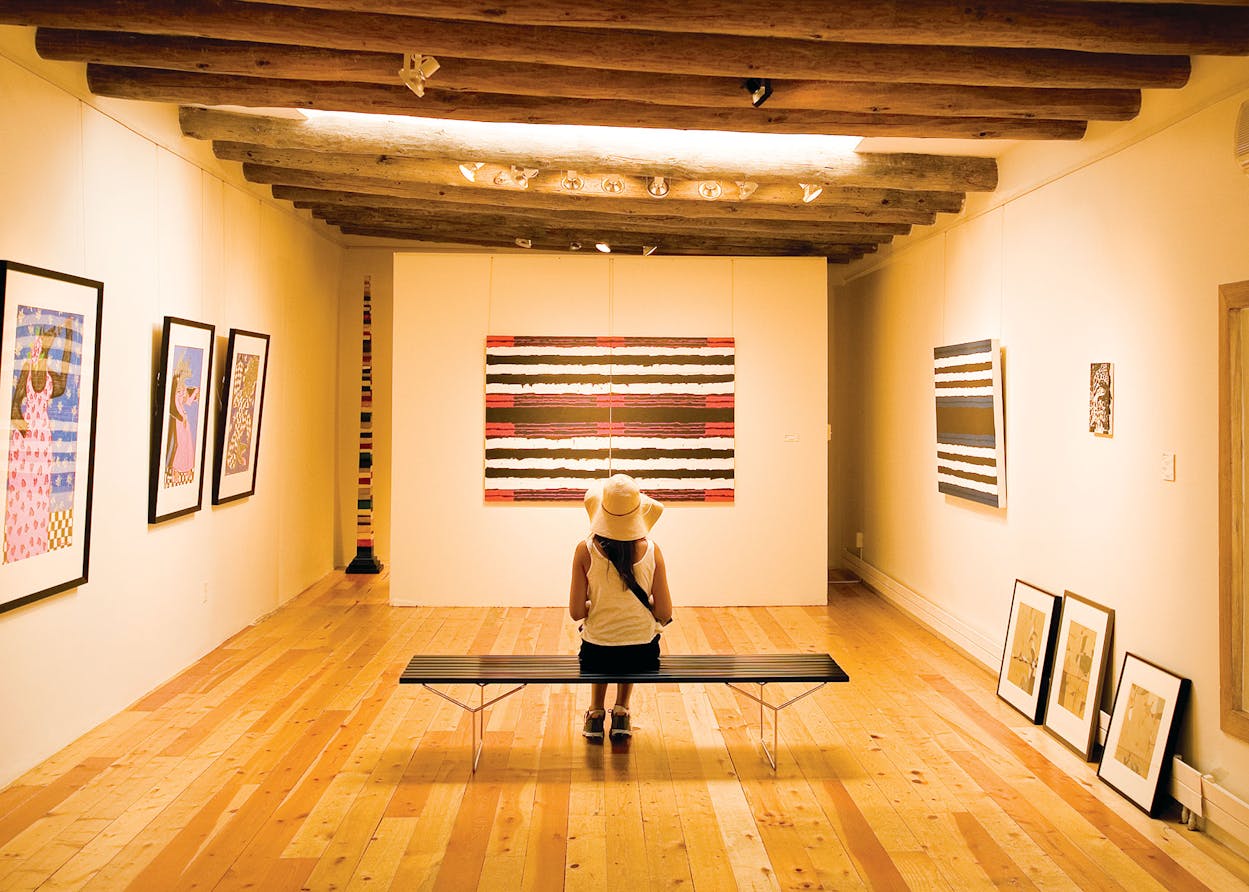If Mirabeau B. Lamar had had his way, we’d be able to travel the four hours from Amarillo to Santa Fe without crossing a state line. But when the Republic’s second president dispatched an expedition in 1841 to claim the New Mexican city—and its lucrative frontier market—things didn’t go quite as planned. The Texans were marched off to prison in Mexico City instead. Even back then, it was obvious that Santa Fe, which the Spanish had laid out around a central plaza in the foothills of the Sangre de Cristo Mountains, had the prerequisites of a wildly covetable destination: historical ruins, an exotic stew of cultures, a dry climate.
A stroll through the adobe labyrinth of downtown Santa Fe quickly becomes a series of impromptu detours into boutiques of brightly hued handicrafts and cafes fragrant with spicy adobo sauces. And the summer’s parade of pop-up art markets and gallery openings means that the streets are always lively and often flowing with free vino, offering the chance to chat with big-city expats who’ve made Santa Fe their permanent home. So leave the overly meticulous sightseeing itineraries for those high-maintenance metropolises (one caveat: you’ll want to secure tickets for the Santa Fe Opera’s alfresco productions well in advance). You can try to blame the elevation—at seven thousand feet above sea level, Santa Fe is the highest capital city in the U.S.—or the cool, piñon-scented winds when, after a few days in the City Different, you have the Lamarian urge to stage your own friendly coup.
FRIDAY
In keeping with the spartan spirit of Santa Fe’s patron saint, the historic Hotel St. Francis downtown is monastic in design but still outfitted with simple pleasures like smoked-sage margaritas (in its popular Secreto Bar) and dream-inducing beds heaped with small mountains of pillows.
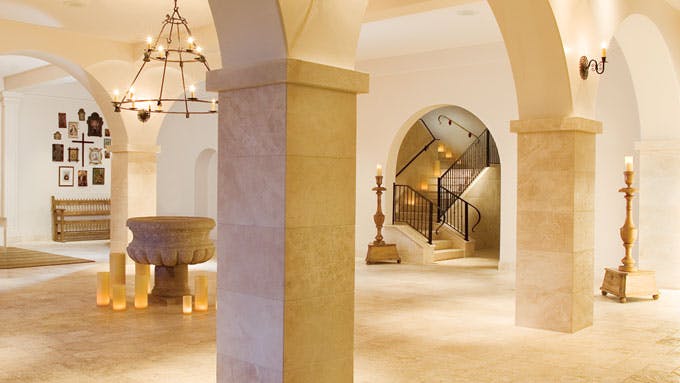
From the hotel, amble into the grid of narrow streets lined shoulder to shoulder with shops, restaurants, and “wouldja look at that” points of interest, like the four-hundred-year-old plaza; the San Miguel Mission, perhaps the oldest church in the U.S.; and the Loretto Chapel’s “miraculous” staircase, built around 1878 by a mysterious drifter who supposedly used nary a nail (it’ll cost you $3 to inspect his handiwork).
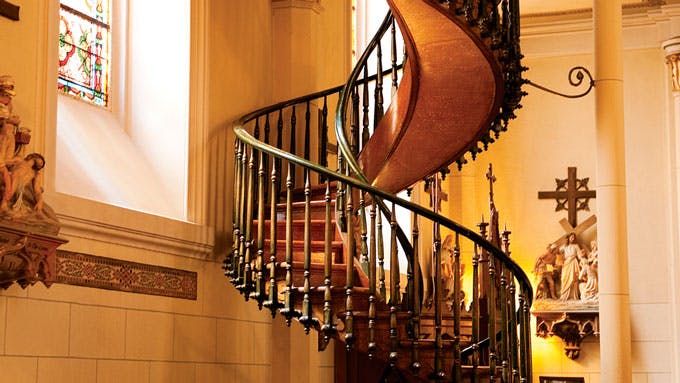
On Canyon Road, a half-mile-long tourist magnet of boutiques and art galleries, you might be inspired to buy a $5 papel picado banner or a $28,000 steel yard sculpture. So first spend some time setting a budget over espresso and a cranberry doughnut at the nearby Downtown Subscription, which stocks two hundred magazine titles.
The wait for a table at the Shed is more than bearable at the bar, with a bowl of freshly mashed guacamole and a cocktail in front of you. The magic word when ordering your dinner is “Christmas,” as in, you’d like your enchiladas (or tacos or burritos) to be covered in both red and green chile sauces.
SATURDAY
Stomachs are filled and tables flipped with the efficiency of a military mess hall at Tia Sophia’s, but your waitress will be patient as you waffle between the huevos rancheros and the breakfast burritos.
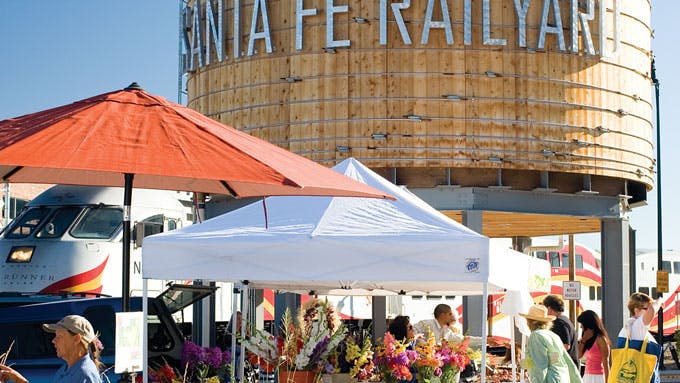
The Railyard, once a mere transportation hub, has been reimagined as an artsy nucleus with contemporary galleries, performance spaces, and a xeriscaped park. Perusing the Saturday morning farmers’ market will bring you up to speed on the star of New Mexican cooking—chiles—which you’ll find in myriad forms, such as dried, powdered, and cooked into jams, mustards, and sausages.
Even the facade is an artwork-in-progress at SITE Santa Fe, an art center known for its ever-changing exterior (the current molded-fiberglass entrance is by Los Angeles architect Greg Lynn) and biennial exhibitions, the next of which, “Unsettled Landscapes,” opens in July.
Not even Santa Feans can live on chiles alone, thank goodness. Though undoubtedly influenced by the Southwestern kitchens he came up through, chef Martín Rios deftly lassoes Asian and French flavors into the dishes at Restaurant Martín, where you can start with a hamachi crudo brightened with Thai chile yogurt and beads of shoyu caviar, then slurp up a bowl of Atlantic salmon soaking in a sake-dashi consommé.
SUNDAY
Catty-corner to the Hotel St. Francis is Café Pasqual’s, a 35-year-old institution of organic comfort food. It’s anchored by a communal table, decorated as if for a fiesta, and likely to please everyone in your party with a menu of New Mexican classics (mole enchiladas, chiles rell-enos) and nods to specialty diets (quinoa burgers on gluten-free buns).
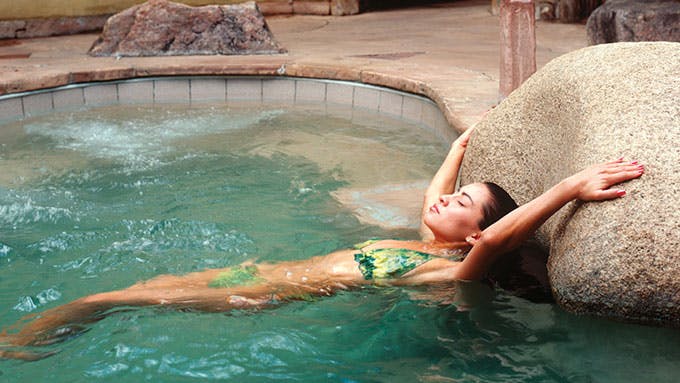
You needn’t consult a single guidebook to find out about Ten Thousand Waves. Chances are, anyone you know who’s been to Santa Fe will slip into a soliloquy about the restorative merits of this rustic hillside Japanese spa, where robed devotees soak in private hot tubs before shuffling off to their four-hands massages, oxygen facials, and herbal wraps.
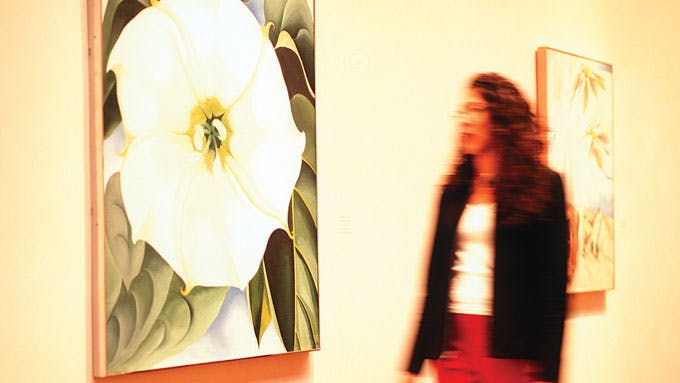
Give yourself at least an hour at the Georgia O’Keeffe Museum. After watching two short documentaries about her life and life’s work, marvel at her depictions of New York’s skyscrapers, Hawaii’s flora (juxtaposed with Ansel Adams’s photographs in a special exhibit up through September 14), and, of course, the mesas and hills of her adopted home state.
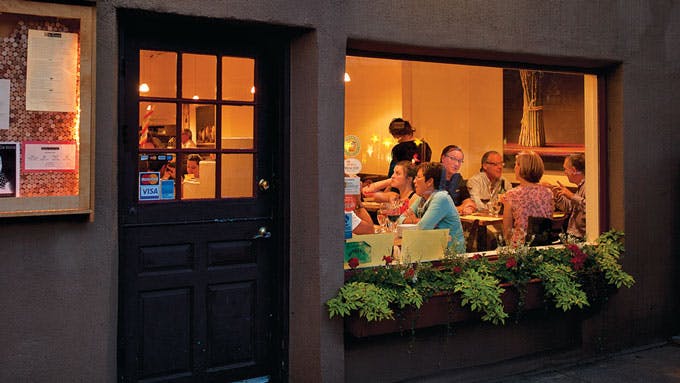 It’s easy to turn a meal into a feast given the number of tempting tapas selections at La Boca (and at its sister restaurant, Taberna, around the corner): shrimp tacos with morcilla and napa cabbage slaw, patatas bravas laced with a spicy sherry vinegar, and citrusy pork tenderloin bocadillos. Oh, and plenty of wines ripe for the pairing.
It’s easy to turn a meal into a feast given the number of tempting tapas selections at La Boca (and at its sister restaurant, Taberna, around the corner): shrimp tacos with morcilla and napa cabbage slaw, patatas bravas laced with a spicy sherry vinegar, and citrusy pork tenderloin bocadillos. Oh, and plenty of wines ripe for the pairing.
